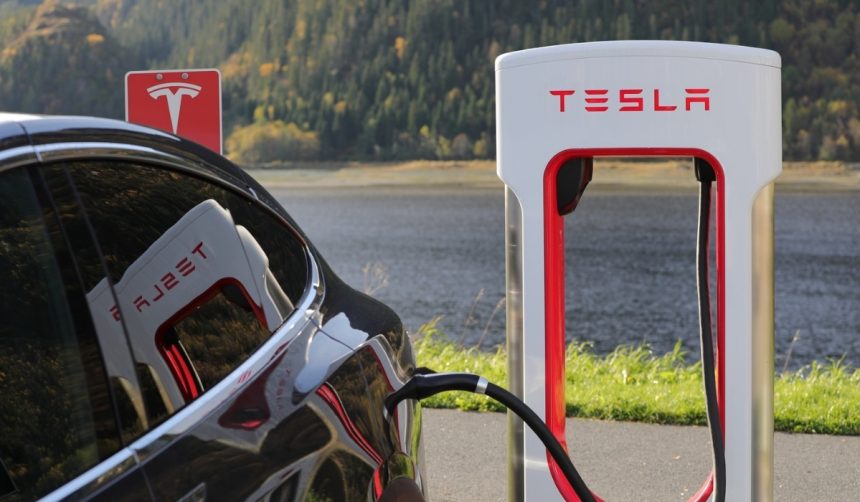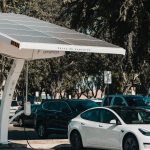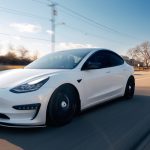Tesla has taken a notable step towards reviving its long-anticipated Roadster, sharing a job listing dedicated exclusively to the next-generation model. The move has generated significant interest among electric vehicle watchers, as Tesla has largely remained silent about the flagship supercar since its highly publicized unveiling in 2017. Discussions in technology circles speculate that the company’s renewed focus could introduce new battery manufacturing techniques and design updates, further extending competition in the high-performance electric vehicle market. Industry observers are curious to see how this renewed push could influence Tesla’s brand image and overall product roadmap.
Earlier announcements about the Roadster highlighted bold acceleration capabilities and ambitious range targets, yet concrete development updates were sporadic. While previous years saw the company prioritize other models like the Model Y and Cybertruck, recent communication threads and hiring plans indicate a shift. The public listing of a Manufacturing Engineer role signals Tesla’s intent to prioritize execution, focusing on the core technical challenge of advanced battery production specific to the Roadster’s requirements. Unlike prior years, where the project was eclipsed by competing launches, this latest schedule raises expectations for fans awaiting tangible progress.
Why Did Tesla Post a Dedicated Roadster Job Now?
Tesla advertised the Manufacturing Engineer position to accelerate the design and deployment of new battery equipment, with primary responsibilities including ideation, testing, and production troubleshooting. The company specified the role involves supporting domestic and international teams, suggesting plans for a global supply chain in Roadster manufacturing. Key project details indicate that the engineer will manage large-scale battery systems from initial planning through operational handover, emphasizing Tesla’s strategy to address core energy storage and production demands for the supercar.
What Expectations Follow Musk’s Recent Demo Tease?
Elon Musk’s recent social media hints regarding an upcoming major demonstration at Tesla’s Hawthorne Design Studio have heightened attention around the Roadster project. Speculation intensified when Musk labeled the scheduled event as the “most epic demo ever,” suggesting a possible reveal of production-intent hardware for the Roadster. This anticipation contrasts with several prior delays, during which Tesla allocated resources to other vehicle lines like the Semi and refreshed Model S, shifting priority away from its high-performance coupe.
Is the Roadster’s Initial Promise Still Feasible?
The original Roadster was presented with specifications such as a 0–60 mph time below two seconds, a top speed exceeding 250 mph, and a 200 kWh battery claiming a 620-mile range per charge. The latest recruitment drive for a battery-focused role provides a practical foundation towards achieving these targets, which remain unfulfilled to date.
“In this role, you will take large-scale manufacturing systems for new battery products and architectures from the early concept development stage through equipment launch, optimization, and handover to local operations teams,” Tesla stated in the job description.
The public debut of such a specialized engineering position points to active preparations for ramping up the Roadster’s unique battery architecture and supporting infrastructure.
Market reactions reflect measured optimism, given the Roadster’s prominent delays and bold performance objectives. Previous reporting often questioned when or if the Roadster would reach production, and Tesla’s decision to finally post a dedicated job listing revises expectations. The new job opening, focused specifically on battery technologies, distinguishes this stage of the project from earlier development, which lacked explicit recruitment and operational focus. With the latest developments, some analysts are recalibrating timelines for the Roadster’s release, weighing the feasibility of achieving earlier promised performance figures.
Tesla’s approach to electrified supercars centers on integrating advanced battery technology within flagship designs. As the company intensifies hiring efforts, the industry will monitor both the progress of specialized manufacturing roles and the timing of production reveals. With persistent interest in high-performance electric vehicles, the stakes remain high for Tesla to deliver on the Roadster’s initially ambitious specifications.
“Battery development is at the heart of our company, and this is an exciting opportunity to work directly on the central challenges for the all-new Roadster product architecture while still in its early development stages,” the company commented.
For readers considering how this impacts the broader electric vehicle landscape, reliable advancements in battery production and real-world demonstration of Tesla’s next Roadster will serve as useful benchmarks for judging innovation and execution in the field.
- Tesla lists a job for Roadster-focused battery manufacturing engineering.
- Production plans shift after years of other vehicle priorities.
- Industry watches timing and feasibility of Roadster’s promised specs.










